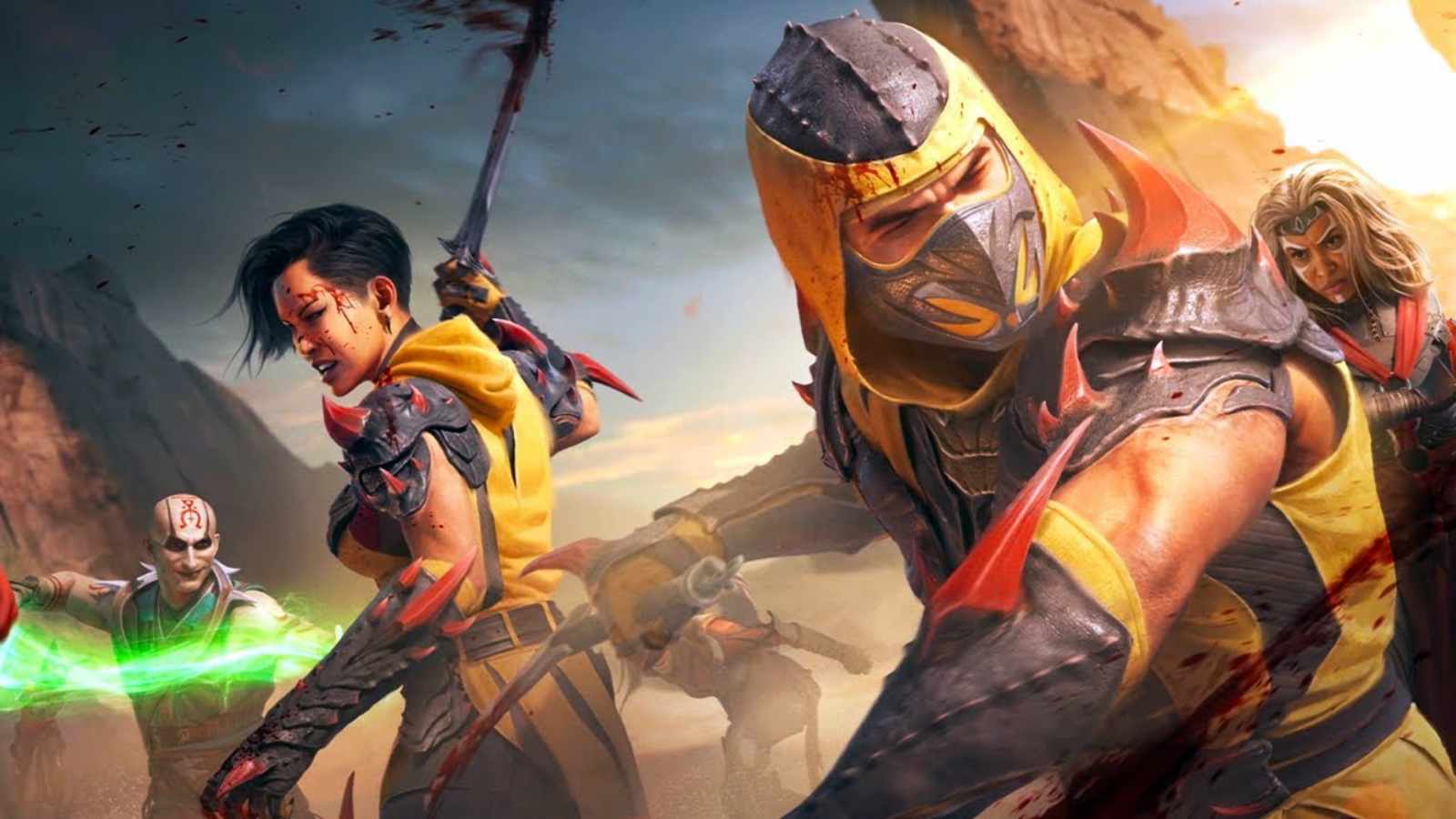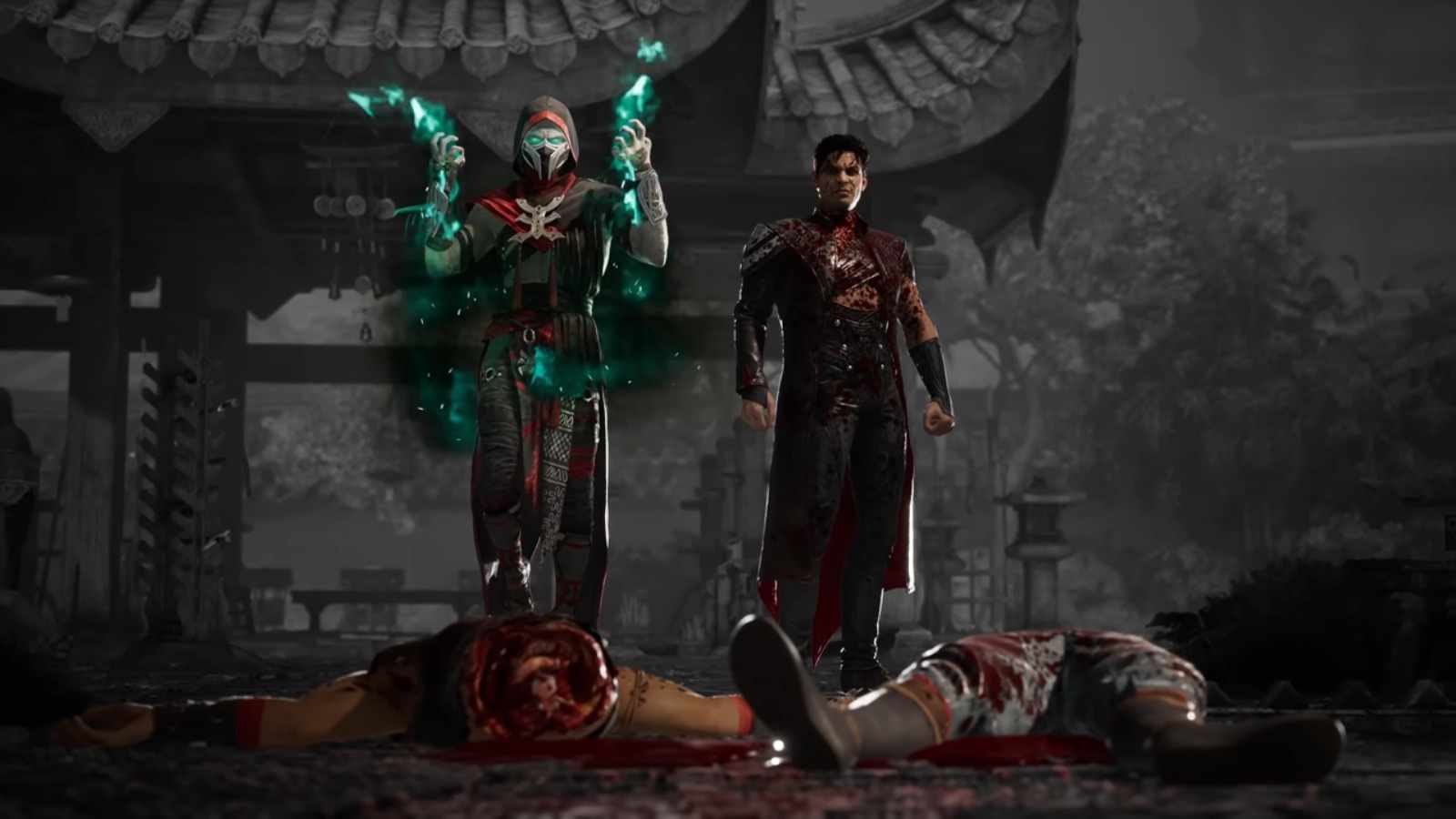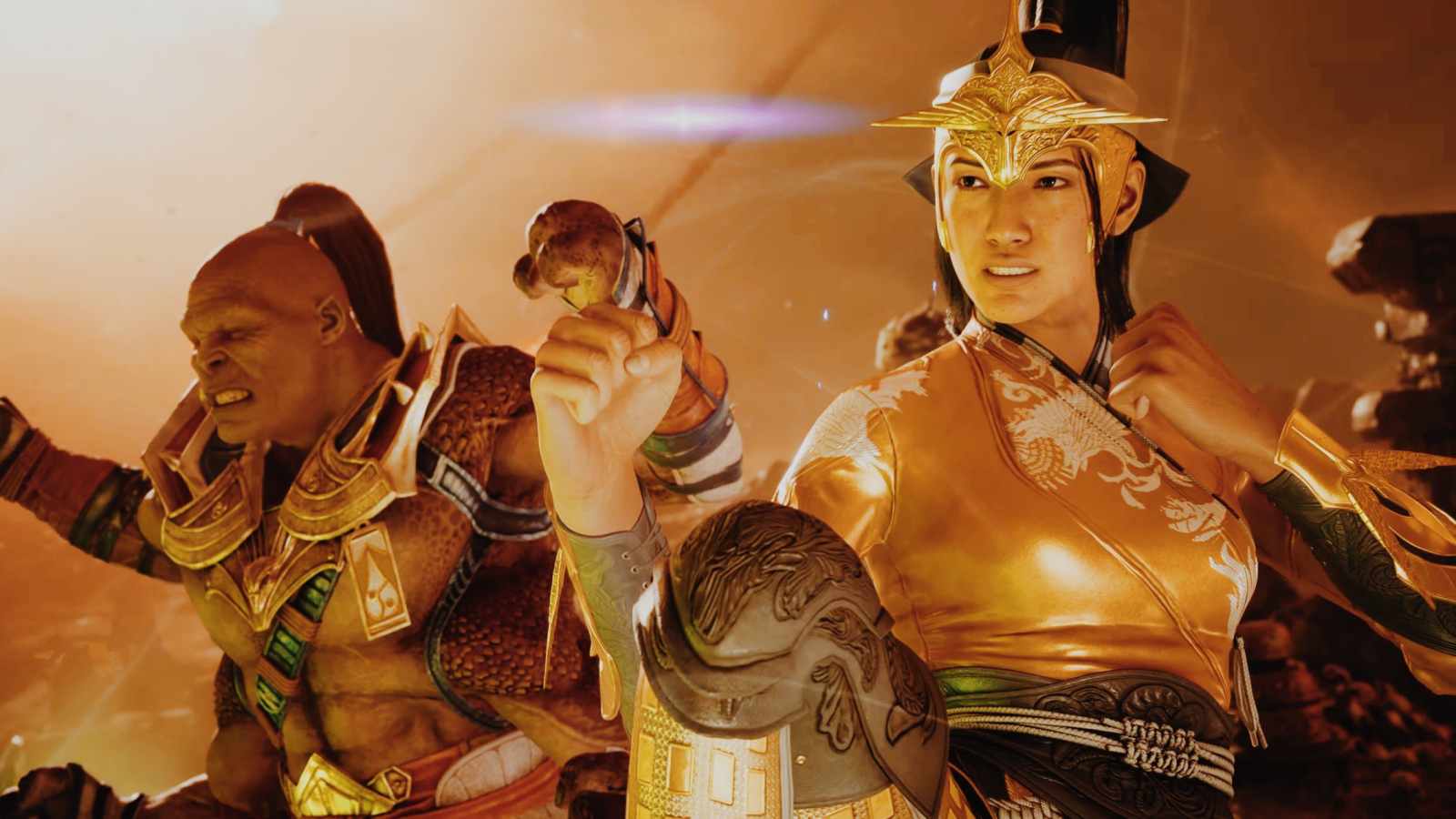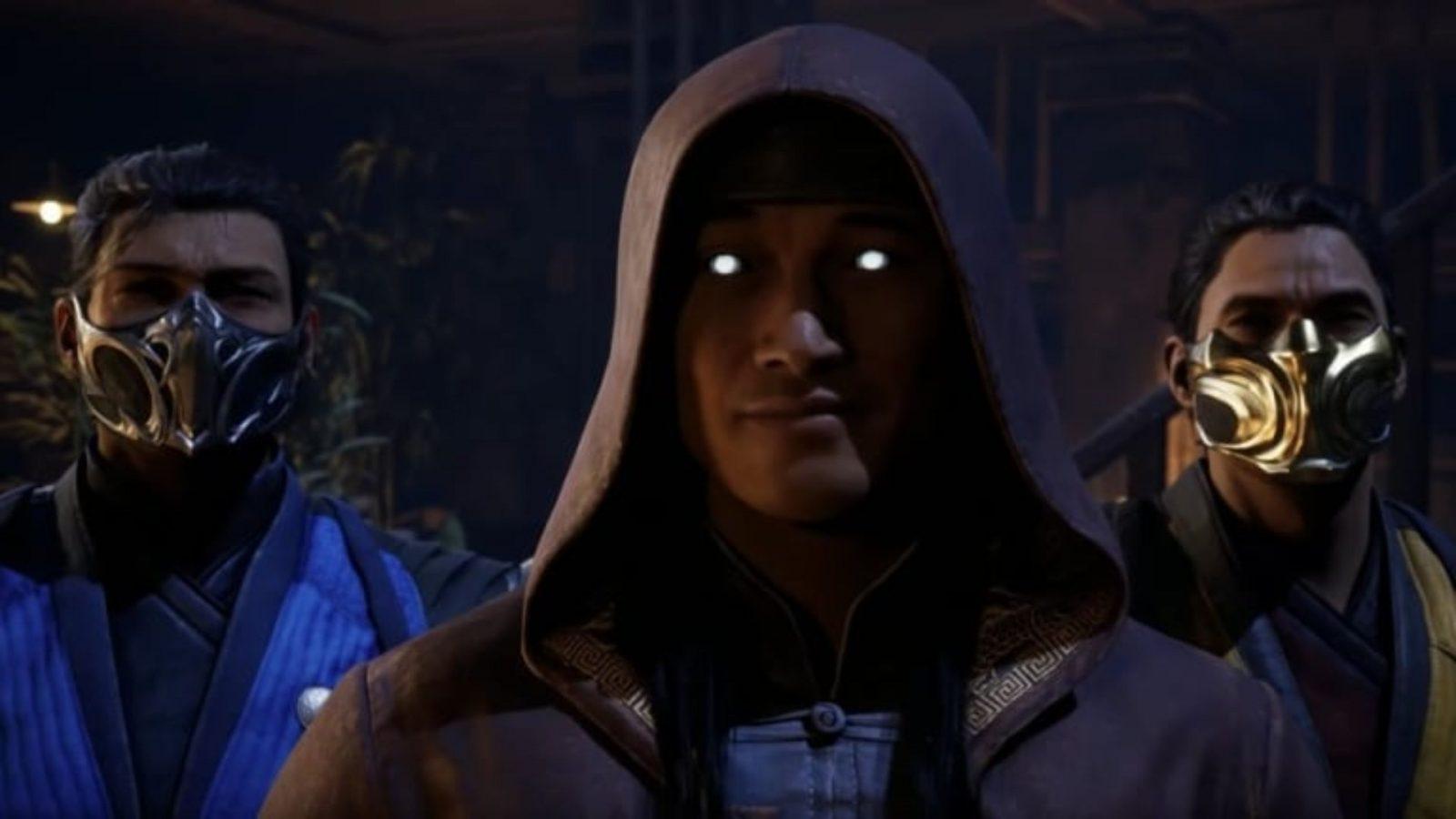Mortal Kombat timelines explained: Where does MK1 fit in?
 NetherRealm Studios
NetherRealm StudiosMortal Kombat has been subject to multiple reboots that have created several different parallel universes within the series. To make things simpler, we have prepared an explainer of the Mortal Kombat timeline.
Mortal Kombat 1 represents a new timeline within the ever-expanding MK multiverse making the game both a sequel to Mortal Kombat 11 and a reboot of the whole series in many ways.
Unlike most media franchises, which often don’t address a reboot in the story, or disregard all the previous entries in favor of the new timeline, Mortal Kombat explains every reboot as part of the ongoing story.
It also lets the echoes of earlier timelines help shape the story of new ones, creating one coherent canon, even though each game essentially wipes the slate clean and starts again.
Here’s an explanation of every Mortal Kombat timeline and where MK1 fits into it.
Spoilers for all earlier games in the series are below, but we’ve tried to keep spoilers relating to Mortal Kombat 1 to a minimum.
Contents
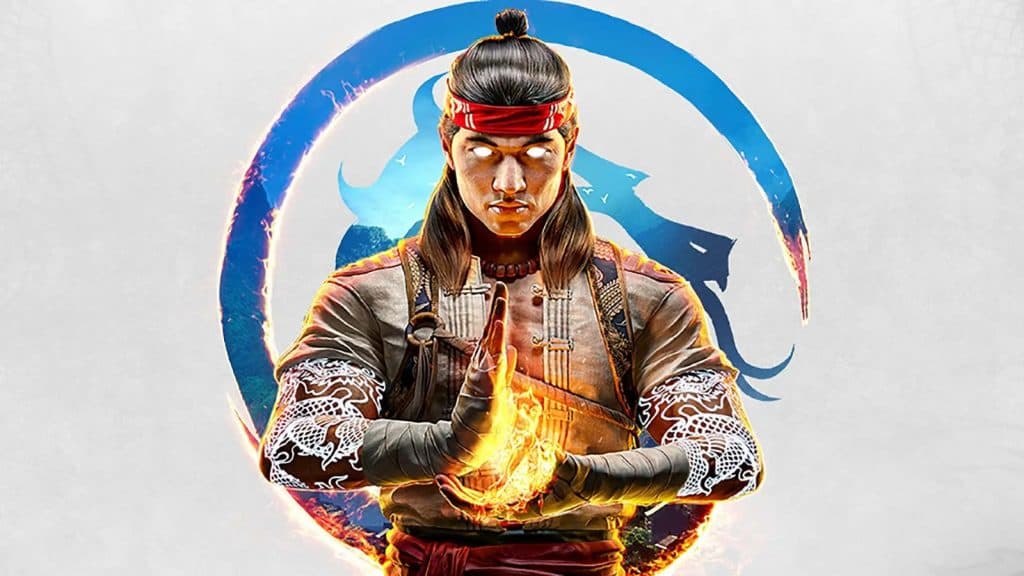 NetherRealm Studios
NetherRealm StudiosThe original MK timeline explained
The original Mortal Kombat timeline is still the most sprawling and longest version of the MK story we have. It’s still very important to the overall canon, with characters in subsequent timelines working hard not to repeat the mistakes of this first one. Of course, though, they make a whole bunch of new mistakes. Most modern Mortal Kombat games serve as spiritual sequels to games from this timeline, although, they often do things very differently even when the general plot points remain the same.
Mortal Kombat (1993)
This timeline ran from the very first Mortal Kombat in 1993 to Mortal Kombat: Armageddon in 2006. It involved the warriors of Earthrealm taking part in (their) first Mortal Kombat tournament, with Liu Kang defeating both Goro and Shang Tsung to become the new MK Champion. This also thwarted Emporer Shao Khan’s (Shang Tsung’s master) ambitions to conquer Earthrealm, causing him to trick the Earth warriors into a second tournament on his home turf in Outworld.
Mortal Kombat 2 and 3
Luckily, Liu Kang and his allies would prevail a second time and champions that had previously made bargains to fight for Shao Khan, like Scorpion, abandoned him and sided with Earthrealm. The furious Khan would then manipulate a loophole within the MK tournament rules, allowing him to invade Earth in MK3, resulting in an all-out war.
This allowed Earthrealm’s protector, the Thunder God Raiden to call up more warriors for Earthrealm and both sides would fight it out. Earth would win, banishing Khan, whose own rule of Outworld then became shaky as his adopted daughter Kitana and former MK champion Goro both led a civil war against him.
Mortal Kombat 4
Mortal Kombat 4 saw a new enemy fill the power vacuum left by the now embattled and weakened Khan in the form of Shinnok, the ruler of the Netherealm and a fallen Elder God. Shinnock triggered a fourth Mortal Kombat tournament when he tried to claim Earthrealm (as well as Outworld), taking advantage of Shao Khan’s failure. He too was defeated in Mortal Kombat by Liu Kang, as the series made its transition to 3D in arcades, the PS1, and the N64.
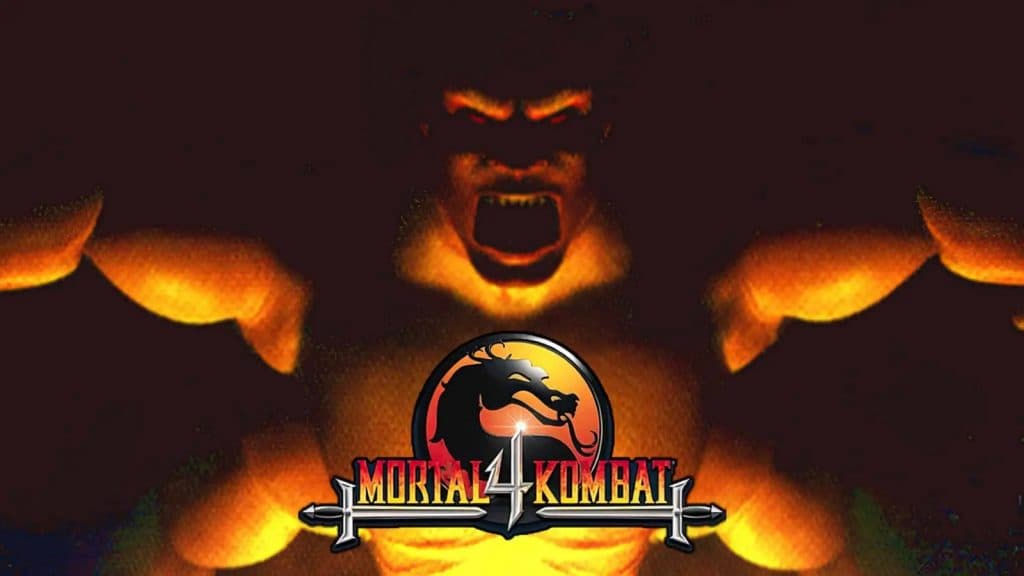 WB Games
WB GamesMortal Kombat: Deadly Alliance
A fifth game would follow during the era of the PS2 with Mortal Kombat: Deadly Alliance. This saw the right-hand men of both Shao Khan and Shinnok, sorcerer Shang Tsung and necromancer Quan Chi, form an alliance to conquer the realms for themselves. To make their path in Mortal Kombat easier, the two villains assassinated four-time MK Champion Liu Kang and the still-weakened Shao Khan (who would both return later anyway), seeing the two enemies as the greatest threats to their supremacy.
Unlike the previous Mortal Kombat games, Deadly Alliance saw the two bad guys win, defeating all of Earthrealm’s warriors, including Raiden, until they turned on each other. Quan Chi would eventually defeat Shang Tsung, but before he could celebrate his victory, the necromancer was attacked by the newly resurrected Dragon King and former Emporer of Outworld, Onaga, and his undead army.
Mortal Kombat: Deception
Quan Chi, Shang Tsung, and Raiden would then team up to fight Onaga, but would ultimately lose at the start of Mortal Kombat Deception. It’s then revealed through Mortal Kombat Deception’s Konquest mode that Onaga had manipulated a warrior known as Shujinko into triggering his resurrection, allowing him to possess Shao Khan’s former warrior Reptile into becoming the new Dragon King.
Shao Khan had originally killed and usurped Onaga, causing the Dragon King to curse Outworld with a prophecy that would lead to his eventual return. However, Shujinko also knew how to stop Onaga and led a coalition of Earth and Outworld warriors against him. Shujinko would defeat Onaga in Mortal Kombat, restoring peace to the realms.
Mortal Kombat: Armageddon
Although, the various bouts of Mortal Kombat and friction between realms then led to the start of Armageddon, with an Elder God known as Argus sending his two sons to prevent the catastrophe which would see, Blaze, an elemental warrior of fire, explode in a cataclysm that would engulf all the realms. One son, Daegon, would become corrupted through his involvement with Shinnok and worked to take Blaze’s power for himself, while the second son, Taven, would aim to prevent Armageddon, leading the heroes on a quest to defeat Blaze in Mortal Kombat and save the realms.
However, in one final twist, it would be the secretly still alive Shao Khan who would go on to kill Blaze, taking his power and triggering Armageddon. With all hope lost, Thunder God Raiden would play his final card to save the realms, he sent a fragmented psychic vision back in time to his younger self in an effort to prevent the rise of Shao Khan, Armageddon, and more, before the realms – and his timeline – were wiped out.
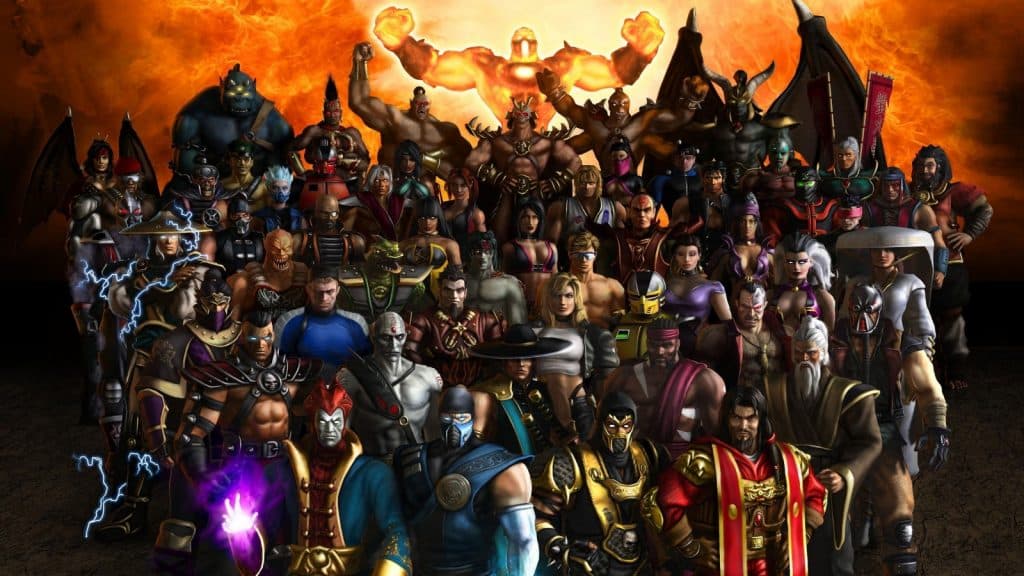 NetherRealm Studios
NetherRealm StudiosSecond Mortal Kombat timeline
Starting with Mortal Kombat (2011) or just MK9, the series would reboot the whole story, going back in time to the original Mortal Kombat tournament with Raiden working to ensure Liu Kang’s victory. However, the more the Thunder God tried to correct mistakes of the past, the more he made in the present. This timeline would run from Mortal Kombat (2011) to Mortal Kombat X, and end in MK11, loosely retelling the events of MK1-4, before venturing into new territory.
Mortal Kombat (2011)
The game would retell the events of Mortal Kombat 1-3 but would make some changes here and there when it came to characters and their fates. Some storylines would remain similar to the original series while others would be radically different. For example, in this timeline, Sub-Zero is turned into a cyborg instead of Smoke, and many of Earthrealm’s warriors are killed before they can successfully lead an assault on Shao Khan as they did in MK3.
This rebooted universe would see tension rise between Liu Kang and Raiden, coming to a head during the events of MK3 when Raiden accidentally kills Liu Kang in self-defense, seemingly dooming Earth to Shao Khan’s conquest. However, this time, Raiden is eventually able to overcome Khan without Liu Kang. Characters like Scorpion would also find redemption in this timeline, even being reunited with his resurrected family and clan.
Mortal Kombat X
Mortal Kombat X retold the events of MK4 with Shinnok rising to become a threat after Shao Khan, but this time, he had the resurrected Earth warriors as undead revenants in his army. He’d be defeated, but only temporarily before he rose again after a twenty-year time jump, essentially skipping the events of Deadly Alliance, Deception, and Armageddon. However, the threats of each have been hinted at.
This would allow a new generation of heroes to rise, many being the grown-up children of older characters. When Shinnok returned, these new fighters, their parents, and the resurrected former Earth warriors would vanquish the fallen Elder God together. This revealed Raiden’s gamble at the end of Armageddon had paid off, but his meddling with the timelines had not gone unnoticed.
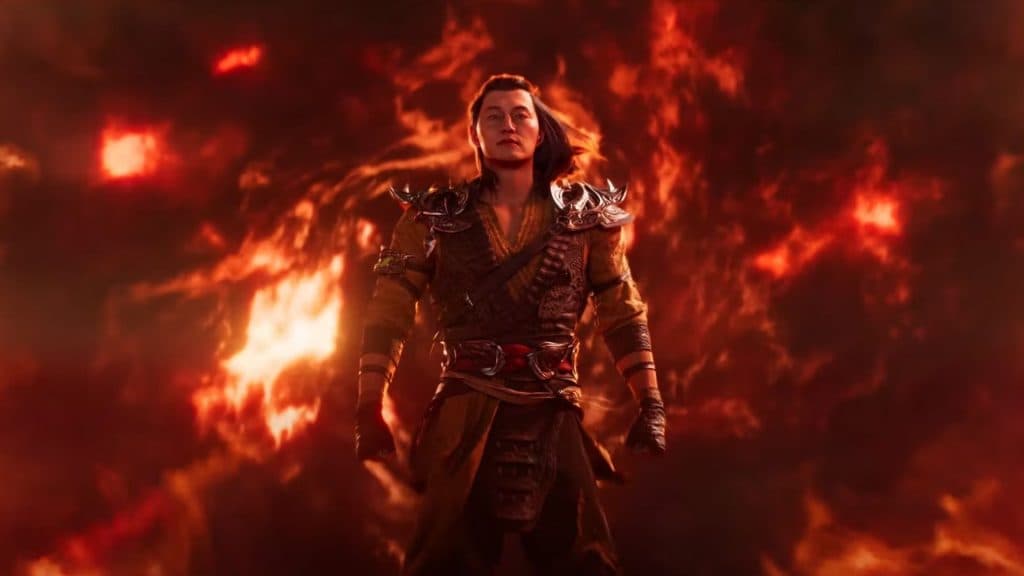 NetherRealm
NetherRealmMortal Kombat 11
Mortal Kombat 11 finally saw both the new and the old timelines of MK merging as characters from the original timeline were plucked from time and added to this new universe. This allowed characters like Liu Kang, Shao Khan, and more to return to life and begin interacting with either parallel versions of themselves, or to replace their previously dead counterparts in this universe.
It’s revealed that Shinnok’s mother, the Elder God of time, Kronika is the cause for this merging of timelines, with her wanting revenge against Raiden for killing her son and to punish him for spawning a parallel universe due to his own failure and vanity. However, Earth’s heroes discover that Kronika has been creating tension between Raiden and Liu Kang in this universe as she fears the combined might of both characters could be a threat to her. Kronika then kills the other Elder Gods and tries to pit them against Raiden and Liu Kang against each other, but they resist.
The undead Liu Kang merges with his past self and discovers that Kronika, not Raiden is the true enemy. In a show of faith and loyalty, Raiden sheds his powers, transferring them to Kang who becomes Fire God Liu Kang. Then in the canon ending of Mortal Kombat 11, Kang defeats Kronika in Mortal Kombat, inherits her mastery over time, and with Raiden at his side, vows to create a new timeline that will be free of threats to the realms.
Mortal Kombat 1 timeline
Liu Kang’s actions at the end of MK11 essentially resets and reboots Mortal Kombat a second time, with the previous two timelines essentially being merged before Kang goes back in time again. Although, MK1 doesn’t retread the road of the original Mortal Kombat as loyally as the 2011 reboot did. Instead, it opts to tell a new story borrowing from all the previous installments.
This way, we get to see characters from every era of Mortal Kombat interact and see some matchups we may not have seen before. This makes Mortal Kombat 1 both a reboot and a sequel, much like MK (2011) was. Of course, though, while Mortal Kombat 1 tells a new story in a new timeline, everything that has come before is canon and we imagine the enemies and ghosts of the past will soon return to haunt our protective Fire God.
Mortal Kombat 1 Review | Does Mortal Kombat 1 have a 24th character? | How to do a Brutality | How to do a Fatality | What is a Quitality? | How to taunt | How to do a Fatal Blow | How to unlock Havik | How many chapters does Mortal Kombat 1 have? | Every Mortal Kombat 1 Fatality | Mortal Kombat 1 currency explained | How to unlock Kameos | Mortal Kombat 1 DLC | All Achievements & Trophies | How to unlock Shang Tsung
